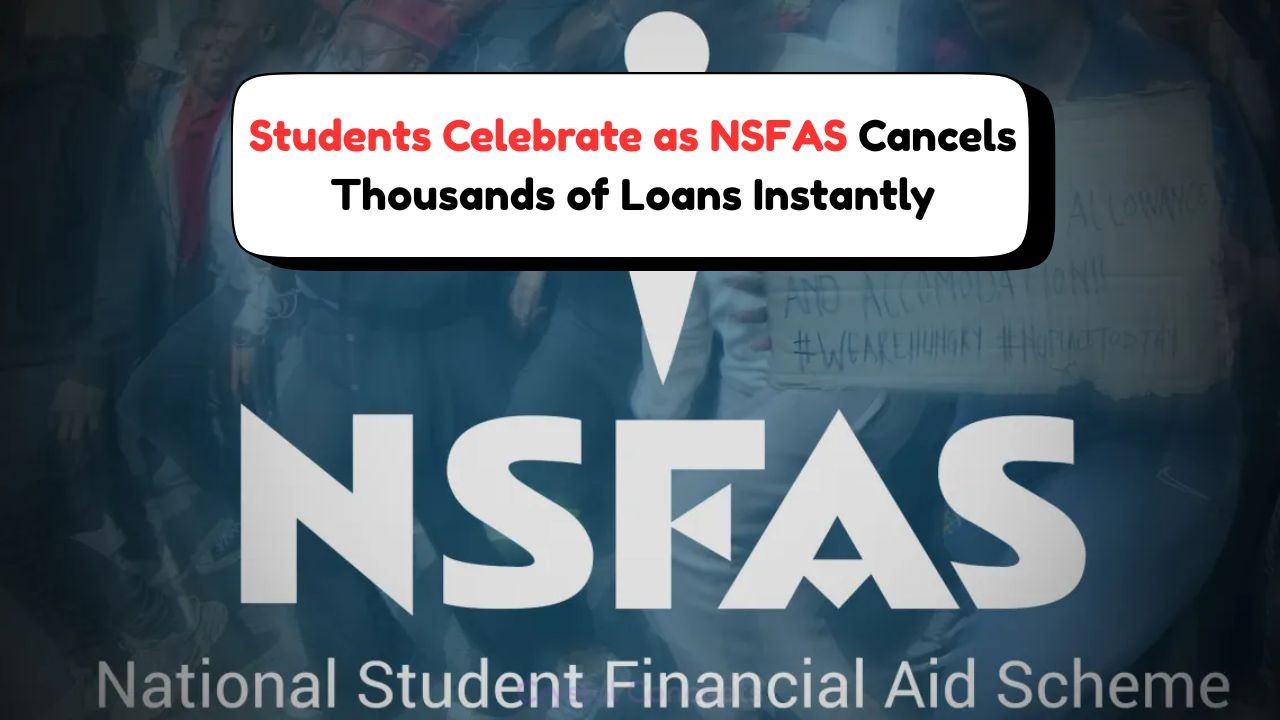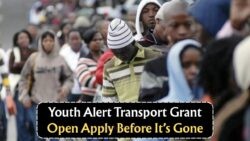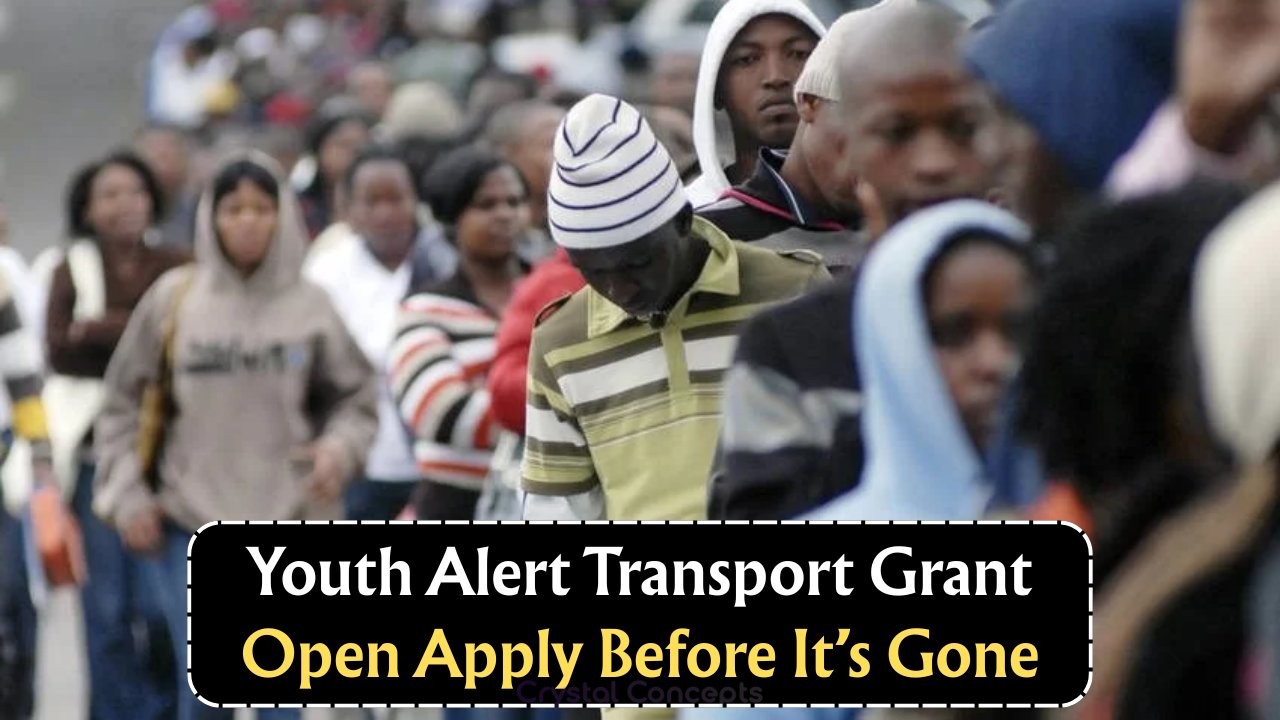NSFAS Loan Forgiveness in South Africa: In a groundbreaking announcement, the National Student Financial Aid Scheme (NSFAS) has revealed that a total of 67,000 student loans will be effectively wiped out, requiring no repayment from beneficiaries. This bold move, set to take place on July 24, is aimed at alleviating the financial burden on students across several provinces in South Africa. By offering loan forgiveness, NSFAS is paving the way for thousands of young South Africans to embark on their career paths without the looming shadow of debt. This initiative aligns with the government’s broader efforts to support education and foster economic growth in the nation.
Understanding the Impact of NSFAS Loan Forgiveness
The announcement by NSFAS to cancel these loans is a significant step towards financial relief for many students. The impact of this decision is multifaceted, affecting not only the individual recipients but also the broader educational and economic landscape of South Africa. By removing the need to repay these loans, NSFAS is effectively enabling students to focus on their careers without the added stress of debt, which can often hinder their progress and financial stability.
- Reduction in student debt burden.
- Increased focus on career development for graduates.
- Potential rise in consumer spending as disposable income increases.
- Enhanced access to education for future students.
- Promotion of economic growth through a more educated workforce.
- Encouragement for students from disadvantaged backgrounds to pursue higher education.
- Strengthening of the educational sector in South Africa.
- Increased public trust in governmental support systems.
- Empowerment of youth and future leaders in the country.
Provinces Benefiting from No Repayment Requirement
The provinces that will benefit from this NSFAS decision have been eagerly awaiting such an announcement. By targeting specific regions, NSFAS ensures that the areas with the most need receive the necessary support. This strategic focus not only aids current students but also encourages future generations to seek higher education opportunities without fear of insurmountable debt.
 SA's Last War Veterans to Receive July Grant of R2,335 on 25 July - Are You Among the Beneficiaries?
SA's Last War Veterans to Receive July Grant of R2,335 on 25 July - Are You Among the Beneficiaries?
| Province | Number of Loans Forgiven | Economic Impact | Educational Growth |
|---|---|---|---|
| Gauteng | 15,000 | High | Significant |
| KwaZulu-Natal | 12,000 | Moderate | Stable |
| Western Cape | 10,000 | High | Growth |
| Eastern Cape | 8,000 | Moderate | Improving |
| Limpopo | 7,000 | Moderate | Developing |
| Mpumalanga | 5,000 | Moderate | Emerging |
| Free State | 4,000 | Low | Stable |
| North West | 3,000 | Low | Developing |
| Northern Cape | 3,000 | Low | Emerging |
Boosting Education Through Loan Forgiveness
NSFAS’s initiative is not just about debt relief; it is a catalyst for educational advancement in South Africa. By eliminating the repayment requirement, NSFAS is removing a significant barrier to higher education, thereby encouraging more students to pursue tertiary studies. This is particularly important in regions where access to education is limited by financial constraints.
- Greater participation in higher education.
- Increased graduation rates as financial stress decreases.
- Broader access to quality education for underprivileged communities.
- Promotion of skill development and innovation.
- Encouragement of lifelong learning and educational attainment.
- Support for government initiatives aimed at reducing unemployment.
How NSFAS Decided on Loan Forgiveness
The decision-making process behind NSFAS’s loan forgiveness initiative is thorough and well-considered. By analyzing various factors, NSFAS ensures that the forgiveness plan is both fair and impactful. This decision reflects the organization’s commitment to providing equitable educational opportunities and supporting the nation’s youth.
- Evaluation of economic conditions in each province
- Analysis of student demographics and need.
- Consultation with educational institutions.
- Consideration of national educational goals.
- Assessment of long-term economic benefits.
NSFAS Loan Forgiveness: A New Beginning
The announcement of loan forgiveness marks a new beginning for many students and graduates in South Africa. It is a transformative move that not only relieves financial burdens but also inspires hope and ambition among the youth. By prioritizing education and supporting students, NSFAS is investing in the country’s future and its potential for growth and development.
- Empowerment of the next generation.
- Promotion of equality in education.
- Reduction of financial inequality.
- Encouragement of entrepreneurial ventures.
Frequently Asked Questions
| Question | Answer | Details | Category |
|---|---|---|---|
| Who qualifies for loan forgiveness? | Eligible students in specified provinces. | Based on economic and educational criteria. | Eligibility |
| How will this affect future NSFAS funding? | Potential increase in funding allocations. | Focus on sustainable education support. | Funding |
| Will this lead to more educational opportunities? | Yes, particularly in underserved areas. | Promotion of access to higher education. | Opportunities |
| How are provinces selected for loan forgiveness? | Based on need and impact assessments. | Consideration of economic and educational factors. | Selection |
NSFAS Loan Cancellation: A Landmark Decision
The NSFAS loan cancellation initiative is a landmark decision in South Africa’s educational and economic landscape. By removing the burden of debt, NSFAS is setting a precedent for how financial aid can transform lives and open doors to opportunity. This action not only benefits individual students but also strengthens the nation’s commitment to equitable education for all.
- Enhancement of national educational standards.
- Strengthening of community and societal bonds.
- Promotion of a culture of learning and development.
- Support for governmental educational policies.
Implications of NSFAS Loan Forgiveness
The implications of NSFAS’s decision to forgive loans are far-reaching. Beyond the immediate relief provided to students, this initiative has the potential to reshape the educational landscape in South Africa. By investing in the future of the country’s youth, NSFAS is laying the groundwork for a more educated, skilled, and prosperous society.
- Increased investment in education by the private sector.
- Empowerment of local communities through education.
- Encouragement of a knowledge-based economy.
- Strengthening of South Africa’s global educational standing.
- Fostering of innovation and technological advancement.
Future of Student Financial Aid in South Africa
Looking ahead, the future of student financial aid in South Africa appears promising, with NSFAS leading the charge. The decision to forgive loans is just one step in a broader strategy to make education accessible to all South Africans. By continuing to support students and address financial barriers, NSFAS is helping to create a more equitable and educated society.
| Timeframe | Initiative | Expected Outcome | Stakeholders |
|---|---|---|---|
| 2023-2025 | Increased funding for tertiary education | Higher enrollment rates | Government, NSFAS, students |
| 2025-2030 | Expansion of support schemes | Greater educational access | Educational institutions, communities |
| 2030-2040 | Focus on sustainable funding | Long-term educational development | Private sector, NGOs |
FAQs About NSFAS Loan Forgiveness
How does NSFAS determine eligibility for loan forgiveness?
Eligibility is based on a combination of economic, educational, and geographical factors, ensuring the most effective distribution of resources.
What is the long-term goal of this loan forgiveness initiative?
The long-term goal is to increase access to education, reduce student debt, and promote economic growth through a more educated workforce.
Will this initiative be extended to other provinces?
While the current focus is on specific provinces, there is potential for expansion depending on the success and impact of the initial rollout.
How will this affect future students seeking NSFAS support?
Future students can expect increased access to funding and support, as NSFAS continues to adapt and respond to educational needs.
What measures are in place to ensure the sustainability of NSFAS programs?
NSFAS is working in collaboration with the government and other stakeholders to ensure sustainable funding and effective management of resources.









